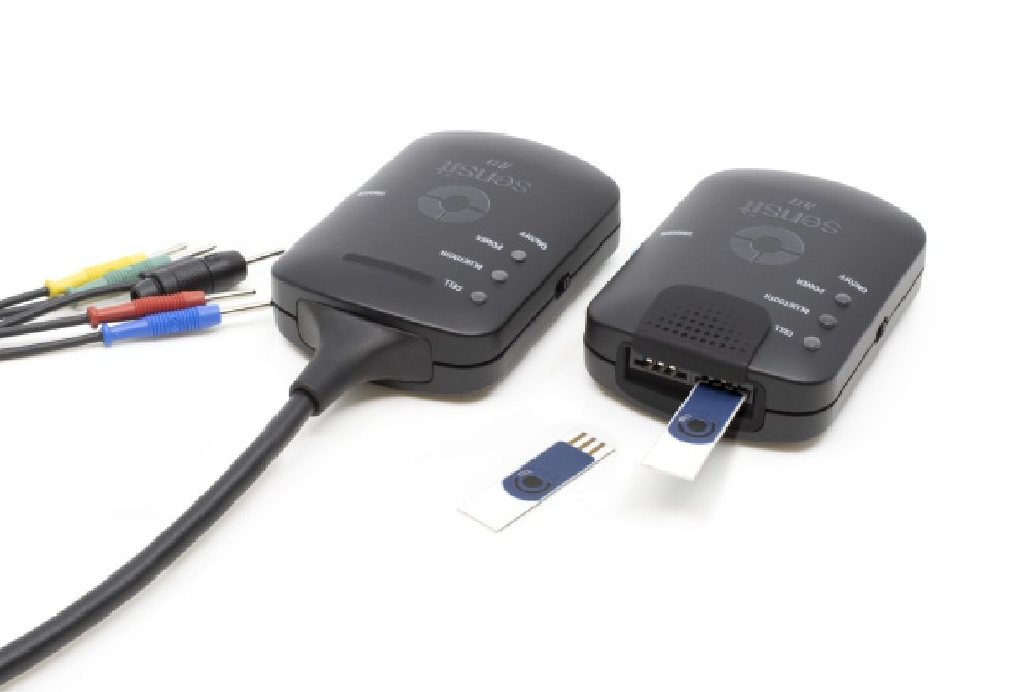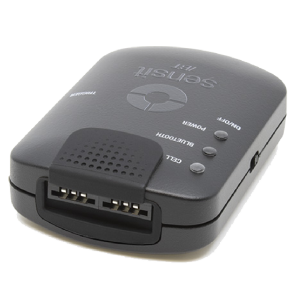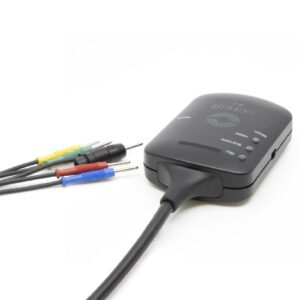Sensit BT
Handheld, wireless dual-channel potentiostat / bipotentiostat

Description
The Sensit BT is ideal for electrochemical sensor applications. It connects via Bluetooth to your smartphone or tablet. From there you can control it using the Android app, PStouch. You can use the USB-C port to charge the sensit BT or connect it to a normal USB port on your PC. From there you can control it using PStrace software .
In brief:
- Capable of EIS up to 200kHz
- Potential range -1.7 to +2V
- Current ranges 100 nA – 5 mA (max ±3 mA)
Two Versions:
The Sensit BT.SPE can be used for running sequential measurements on two different Screen-Printed electrodes (SPE’s) with their own Reference, Counter and Working, Electrodes.
The second channel can also be used in Bipotentiostat mode, which would be functioning as the second Working Electrode versus the Reference, and the Counter, Electrode channel 1. Both Working electrodes will be recorded at the same time in the Bipotentiostat mode.
The Sensit BT.SNS has a lead connected to the WE of channel 2 and this can be used out of the box for BiPotentiostat measurements.

Sensit BT.SPE
Sensor pitch – 2.54mm
Electrode connections – RE, WE, CE
Sensor thickness – 0.1 > 0.8mm
Maximum sensor width – 11mm

Sensit BT.SPE
Cable Length – 40cm
Connectors – 2mm banana
Electrode Connections – RE, WE, WE2, CE
Voltammetric Techniques:
- Linear Sweep Voltammetry (LSV)
- Cyclic Voltammetry (CV)
Pulsed Techniques:
- Differential Pulse Voltammetry (DPV)
- Square Wave Voltammetry (SWV)
- Normal Pulse Voltammetry (NPV)
Amperometric Technique:
- Chronoamperometry (CA)
- Chronocoulometry (CC)
- MultiStep Amperometry (MA)
- Pulsed Amperometric Detection (PAD)
Galvanosatic Technique:
- Open Circuit Potentiometry (OCP)
Electrochemical Impedance Spectroscopy (EIS):
- Potential scan (IMPE)
- Fixed potential
- Time scan (IMPT)
